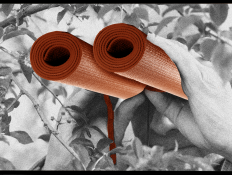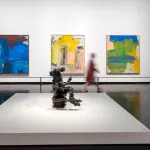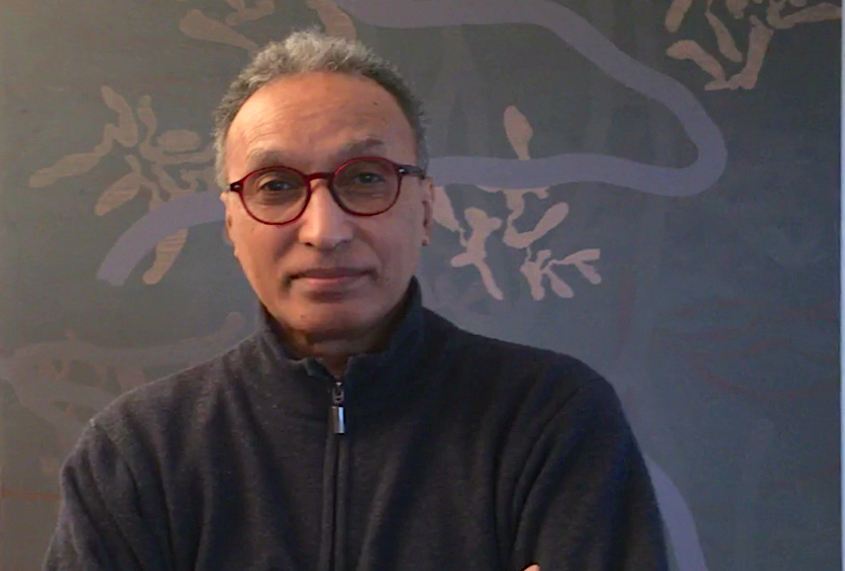
“I wish I knew how it would feel to be free,” croons Nina Simone on a 1967 song of the same name. “I wish I could break all the chains holding me, I wish I could say all the things I should say.”
These lyrics made the song a Civil Rights Movement anthem in its day. For artist Gavin Jantjes, the song has become a “leitmotif” over the last four years—which makes it no surprise that his current London retrospective, at the Whitechapel Gallery, also takes a part of a lyric from that Simone song as its name.
Jantjes, who hails from South Africa, remains best-known for paintings and collages about Apartheid, a segregation policy in his homeland that was in effect from late 1940s through 1994. But he has made works on many other themes, from honoring Pan Africanist and Ghana’s first president Dr Kwame Nkrumah in “For Ghana, 1978” to “For Mozambique, 1975,” about independence struggle, and has even begun to branch out into abstraction.
In an interview with ARTnews, he said he didn’t want to be pigeonholed by a style or thematic concern—something that often happens to artists from Africa, who are expected to make art that speaks to their identities.
“You would never ask Andy Warhol what his identity was, whether he was Jewish. You wouldn’t ask Andy Warhol whether he supported the Communist Party, the Liberal Party, or the Democratic Party,” stated Jantjes. “And you would never expect to see in Andy Warhol’s work anything of that. He is free to do whatever he wants. And why does this not apply to any other artists, irrespective of where he or she comes from? … These are the issues that lie at the core of this exhibition.”
Jantjes is not looking to tell a viewer what to think about his work. But he would like to teach people, especially young artists, “to be an independent, free individual making your own decisions” and to be free of expectations from any quarters.

The artist’s retrospective includes some of his most famous works: prints from the series “A South African Colouring Book” (1974–75), about the Apartheid system; examples from the “Korabra” series (1986), aboutthe transatlantic slave trade; and objects related to his work as a co-curator, with artists Sonia Boyce and Veronica Ryan, in “From Two Worlds,” a legendary 1986 exhibition at the Whitechapel Gallery that surveyed artists of various diasporas who were based in England at the time, from Rasheed Araeen to Denzil Forrester.
But the show also includes works from his “Exogenic Series (Aqua),” from 2017, which marked a shift toward abstraction, with rippling blue strokes that recall the ocean’s surface. The series came while Jantjes was living in Norway, working mainly as a curator while taking a break from making art that lasted more than a decade. He wanted “to do something new, as is the prerogative of the so-called modern man that we keep moving forward,” he explained. “We don’t go backward, we keep going forward.”
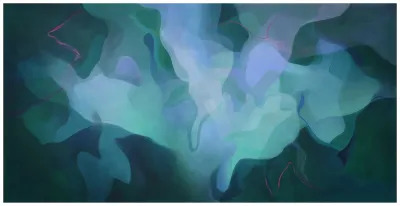
In 2015, he bought three canvases of the same size and then starting painting. Those three paintings grew to a total of 14 works over the course of two years. In working on these paintings, he did look at the history of Abstract Expressionism, but he realized he needed to do something for himself and not “follow the expectation of that historical timeline.”
Jantjes likened the experience to constructing space in the world and imaginatively entering it on his own. That statement may as well apply to his practice more broadly.
“And I think gradually, as you move through the gallery and see more and more of recent work, you really get a sense of the sort of evolution of this practice,” said Cameron Foote, a co-curator of the Whitechapel show, which first appeared last year at the Sharjah Art Foundation in collaboration with the Africa Institute. “And the construction of a space where the colors and the contrasts are much more blended. You get the sensation of entering a space in the painting.”
The Whitechapel show has been billed as his biggest one in London to date, but with 100 works, it cannot encapsulate all that Jantjes has done for the British art scene. The artist “has occupied these multiple roles as an artist, curator, organizer, and political activist,” Foote said. “All the way back in the 1980s, he was really critical in constructing the policies which informed the work of the Arts Council,” of which he was a member from 1986 to 1990. In 1994, he also played a role in founding the Institute of New International Visual Arts, which seeks to give prominence to non-Western artists and curators. Plus, Jantjes has served as a trustee of Whitechapel, Tate, and the Serpentine Galleries.
And that’s to say nothing of the international art scene more broadly. He served on the search committee for the 2007 edition of Documenta, a closely watched art festival that takes place in Kassel, Germany, he has held top posts in Norwegian institutions and was chair of the Curatorial Advisory Group of the Zeitz Museum of Contemporary Art Africa in South Africa (where he is currently a trustee.) A retrospective like this one simply cannot contain Jantjes.
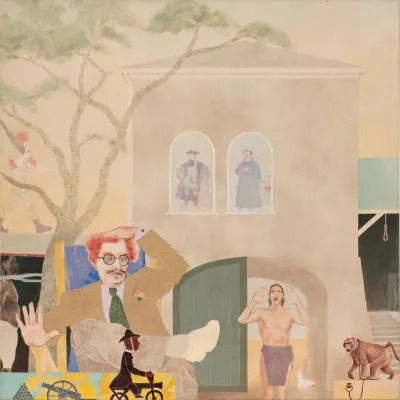
He was born in District Six, a neighborhood in Cape Town, South Africa, in 1948, the year Apartheid started. At age 3, he started frequenting a children’s arts center, a community-based initiative that responded somewhat to the government’s lack of cultural programs for Black people.
When Jantjes studied at the Michaelis School of Fine Art at the University of Cape Town, he was the only Black student in the art school. In 1970, he left South Africa for Germany to study at the Hamburg Art Academy, and then he moved to England, where he lived between 1982 and 1998. There, he lectured at the Chelsea College of Arts.
The racism he faced in South Africa and the ignorance of people in Europe about the realities of Apartheid inspired series such as “A South African Colouring Book,” a fiery critique of the categorization of people based on race, the brutal treatment of Black people, and other horrific policies of the Apartheid system. In the late 1970s, the discourse his work created around Apartheid led to censorship by the then South African government while he was based in Germany. Suddenly, it was illegal for anyone to be seen with any of his work. He could not return to the country as a result, and even faced the threat of extradition.
In the late 1990s, Jantjes moved to Norway where he was the artistic director of Henie Onstad Art Centre, and then senior curator at the National Museum of Norway. While there, he wrote books and curated exhibitions of other artists but none of himself.
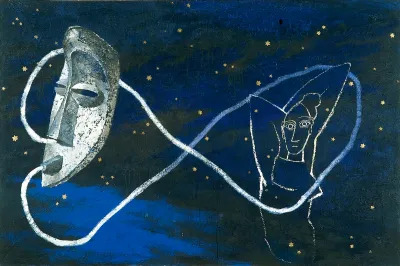
Jantjes said when he first lived and worked in the UK, structural barriers made it challenging for artists like him to thrive within the country’s top cultural institutions.
That the Whitechapel exhibition is his first big show in the nation in about 20 years speaks to that situation. While he is “extremely happy” about this show, he lamented that there are still few opportunities for African and non-European artists in the country, even though there have been some changes in the recent years, partly due to the national policies he helped put in place. Right now, South African photographer Zanele Muholi is having a Tate Modern survey, and Yinka Shonibare, a British sculptor of Nigerian descent, is debuting new works at the Serpentine. All of this would have been “wishful thinking” several decades ago, Jantjes said.
A retrospective like his at the Whitechapel is necessary, he said, because “your name and work enters history” by exhibiting at esteemed institutions. But, he said, “What I really want is that equivalence. I want to arrive. I want to be free from the suppression that denies me an equivalence with our peers of the same generation. Other artists who have been working and whose work have entered into history, have been shown in mainstream institutions.”
“I don’t want to be down there, and for [Western artists] to be up there, just because they happen to be white and from this culture and because I’m a foreigner,” he continued. “I want that level of equality sitting in the discourse around my work. So, that’s important.”
In Venice, Willem de Kooning’s Sculptures Come into Focus
An Uproarious Survey in Seattle Brings Together the West Coast’s Artist-Heretics

Jeff Bezos May Be the Owner of a New $80 Million Gulfstream Jet
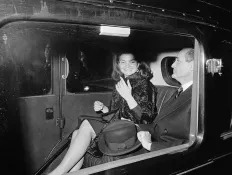
The Most Expensive Celebrity Engagement Rings: Jackie O’s 40-Carat Harry Winston Sparkler, Grace Kelly’s Emerald-cut Cartier Bauble and More
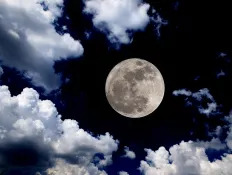
China produced large quantities of water using the Moon’s soil

Most Valuable NFL Teams 2024: Cowboys First to Top $10 Billion
